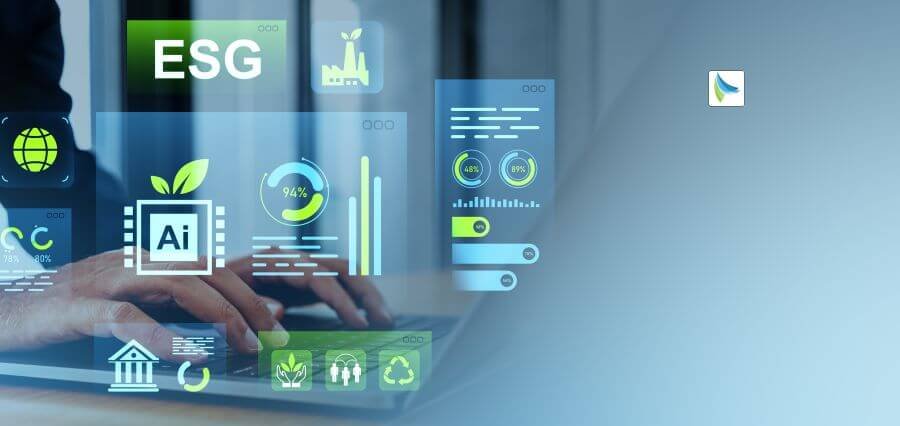With the age of greater environmental consciousness and mounting regulatory pressures, the mid-market production firms are at a fork in the road. Green is no longer an issue of corporate social responsibility it is an issue of strategic necessity. For them though, which generally have tighter budgets and less to contribute to the equation than larger companies, utilizing green solutions as an activity is something that is entered into with guarded caution and customized methods.
This article discusses successful green technology adoption strategies specifically designed for mid-market manufacturers to improve sustainability, remain competitive, and realize long-term economic value.
The Need for Green Technology
Green technology refers to the application of environmentally friendly innovations and practices that minimize damage to the environment, reduce waste, and conserve resources. For manufacturing companies, they can be renewable energy systems, power-conserving equipment, intelligent monitoring devices for manufacturing, and wastage recycling technology.
To mid-market manufacturers, going green is not so much a matter of compliance with regulations. It’s about building resilience, finding green customers, and tapping into a new market that insists on green production. As consumers and supply chains around the globe increasingly insist on knowing what they’re getting and where it’s made, going green can expand the credibility and bottom line of an organization.
Defining Readiness and Setting Goals
Mid-range manufacturers must pass through internal assessment prior to investing in green technology. This includes passing through the current energy usage, waste creation, water usage, and emission level. An audit will allow decision-makers to identify areas with the highest potential for reduction.
Following the audit, organizations have to set clear, measurable goals. It could be a 20% reduction in energy consumption over three years or zero-waste. Quantifiable goals help in budgeting as well as in monitoring progress.
Start Small: Target Low-Hanging Fruit
One of the best methods of embracing green technology is starting small. Most companies think they must totally revolutionize whole systems simultaneously, and it is too expensive. Companies need to search for “low-hanging fruit” where comparatively small changes can yield huge payoffs.
For example, installing LED lighting, upgrading energy-efficient motors, or installing insulation lowers energy costs and carbon emissions within a matter of months. These small victories not only yield bottom-line savings, but they also generate internal momentum for more green efforts in the future.
Leverage Smart Technologies and IoT
The combination of Internet of Things (IoT) technologies and intelligent manufacturing systems is revolutionizing mid-sized companies’ visions for sustainability. Real-time tracking of energy consumption can be achieved with intelligent sensors, facilitating preventive maintenance as well as optimization. Automated systems can decrease energy consumption during off-peak periods, while predictive analytics can prevent waste as well as predict waste.
These technology solutions not only add to operational efficiency but also offer businesses the means to monitor and report on their sustainability measurements—an increasingly valuable resource for regulatory compliance and stakeholder communication.
Work Together Across the Supply Chain
Greening does not stop between company walls. Mid-market producers must extend sustainability initiatives to suppliers, logistics companies, and customers. Alliance across the supply chain can create environmental impact and foster collaborative efficiencies.
This can include the purchase of raw materials directly from sustainably certified sources, negotiating with green packaging sources, or negotiating with transportation suppliers who use electric or low-emission fleet vehicles. Establishing a greener environment for the company leads to increased responsibility and success as a collective in the long run.
Find Government Incentives and Grants
One of the greatest disincentives for adoption of green technology by mid-size firms is expense. Government initiatives and industry funding can be employed to cover the expense of investment in green technology. These initiatives can offer installation cost subsidies for solar panels, the purchase of energy-efficient equipment, or environmental audits.
Firms ought to actively seek domestic, national, and global capital. Relying on the recommendations of business associations or sustainability consultants may also reveal hidden programs that are specifically tailored for certain aims or technologies.
Invest in Employee Training and Engagement
Green technology by itself will not suffice to initiate change—people have to be motivated. Medium-sized industries need to invest in training programs for the employees that teach employees sustainable methods and how they can positively impact the environment through their actions in their daily work.
Also, motivating employees through green committees and brainstorming can develop culture and stewardship of innovation. Employees will become innovative in creating ideas on how to make processes better and will be more inclined to champion initiatives they helped design.
Measure, Adjust, and Communicate Progress
Sustainability is a continuous process. To continue succeeding, firms need to have feedback mechanisms for measuring the success of their investment in green technology. Key Performance Indicators (KPIs) such as units of energy consumed per unit of production, percentage reduction in wastes, or levels of carbon footprint must be checked regularly.
Just as important, though, is that advancement be made apparent to both external and internal stakeholders. That can be by means of sustainability reports, social media posting, or customer newsletters. Communicating success stories does not merely establish credibility but also helps to affirm the company’s dedication to a sustainable future.
Looking Ahead: A Strategic Advantage
Mid-tier manufacturing firms adopting green technology place themselves on the forefront of developing innovation in a changing business landscape. Apart from regulatory compliance, such investments realize long-term cost savings, enhanced operational efficiency, and enhanced market positioning.
By beginning with real-world actions, auditing existing procedures, embracing smart technologies, empowering employees, and pursuing partnerships, these businesses can map an open course to sustainable success. Green technology is not a factory destiny—it’s already arrived, and the time is now.
Read More: Green Technology Adoption Strategies for Mid-Market Manufacturing Companies













